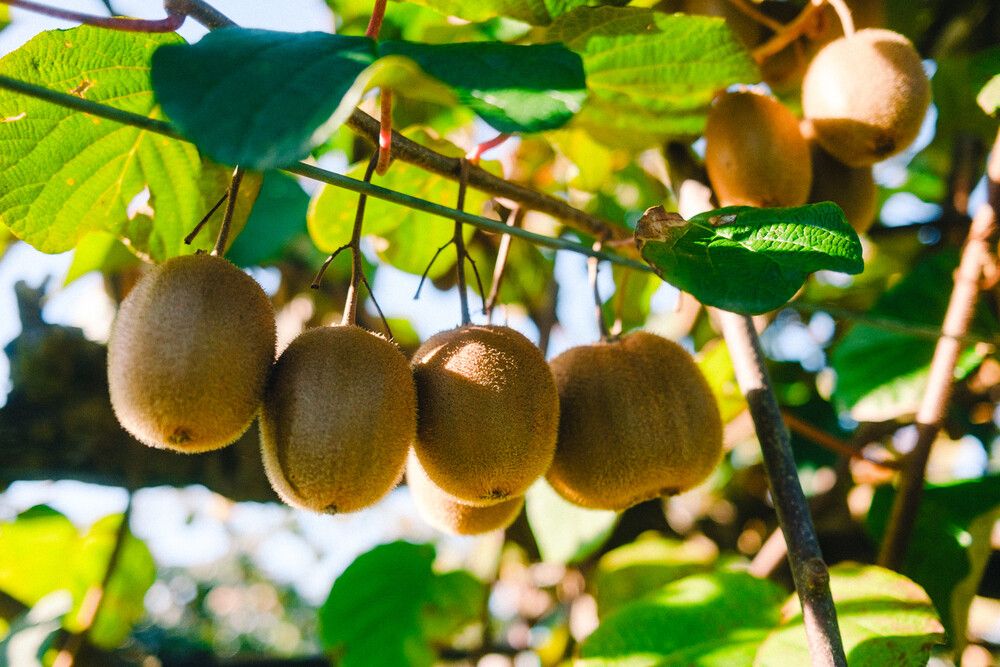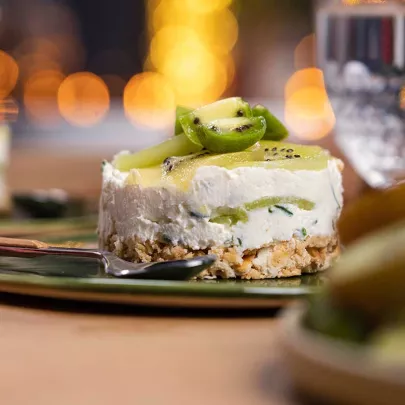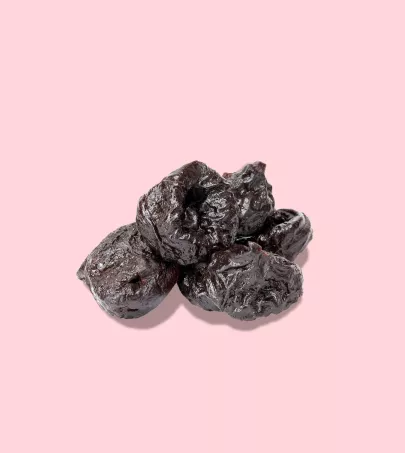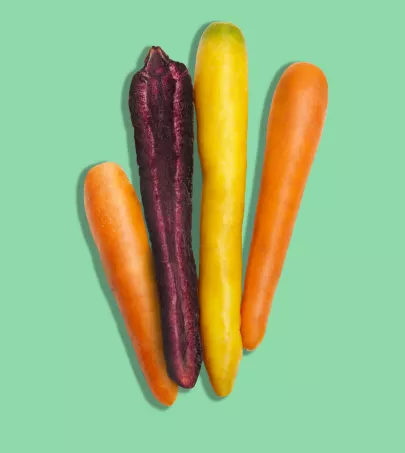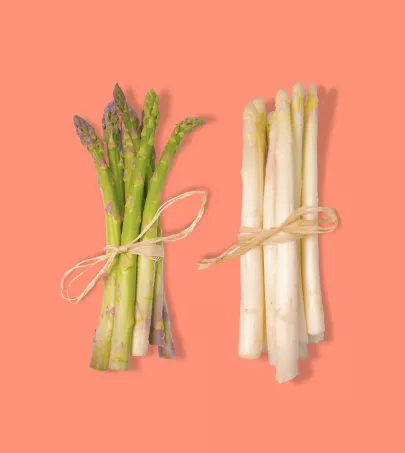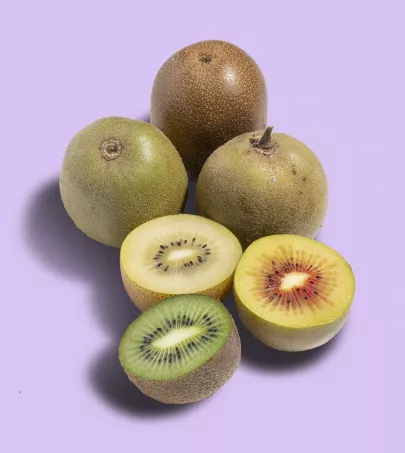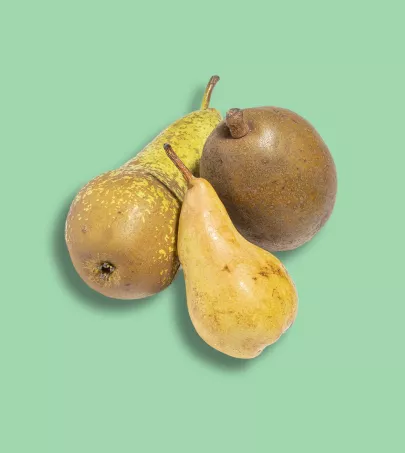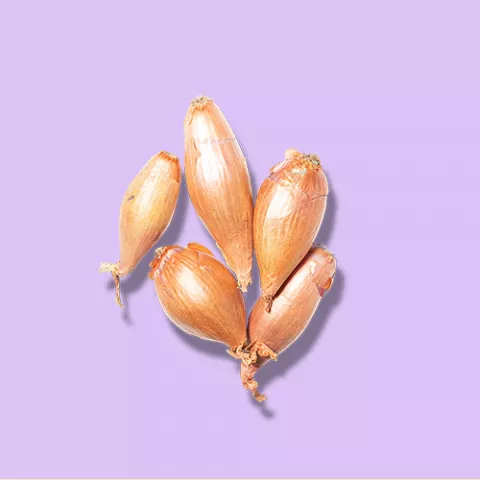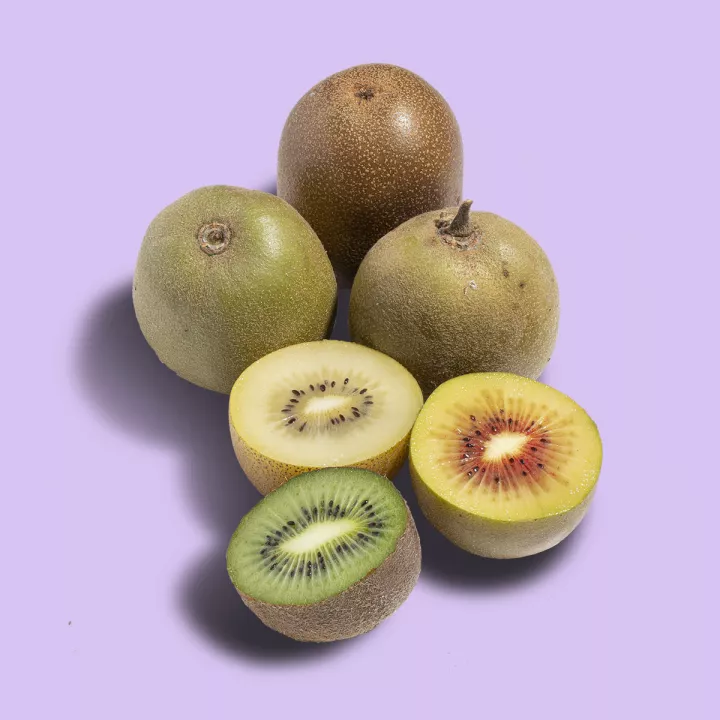
Originally from China and popular in New Zealand, this fruit has also been grown in France since the 1970s. Since then, its green, yellow and even red varieties have added a dash of color to the country’s market stalls. Better still, in the southwest of France, the particularly fruity and slightly tart flavors of the Adour kiwi were awarded the Label Rouge quality mark in 1992, and protected geographic indication (IGP) in 2009.
What you need to know
Although not particularly difficult to grow, kiwis are cultivated in the most surprising of ways. As soon as the warm weather arrives, this fruit grows in vines over arbors. They need fairly fertile soil and watering in very dry weather, and are harvested just before the first frosts to avoid any nasty surprises. The Hayward is among the first varieties picked, followed by the Monty, Bruno, Abbott, Solo and the Zespi Gold. Available from November to May, this gently ovoid fruit with green, gray or brown skin is unfailingly juicy and deliciously sweet when mature.
Characteristics
Smell
Look
Taste
Nutritional benefits
Extremely rich in vitamin C, but also A, B and K, kiwis pack a punch of energy!
Editor's note
How to use
Conservation
Store for several days at room temperature if unripe, or a few days in the fridge once ripe.
Préparation
Although the skin of the kiwi is edible, its furriness makes peeling preferable.
Utilisation
As a dessert, the kiwi can be used in everything from fruit salads to ices, pies, clafoutis and smoothies. It can also be added to savory dishes, such as sushi, or eaten with oysters and roasted white meats.
Pair with
Pork tenderloin, dark chocolate, bananas, Granny Smith apples, meringues and star aniseed. The kiwi is perfect with a glass of late harvest Alsace Gewurztraminer wine!


